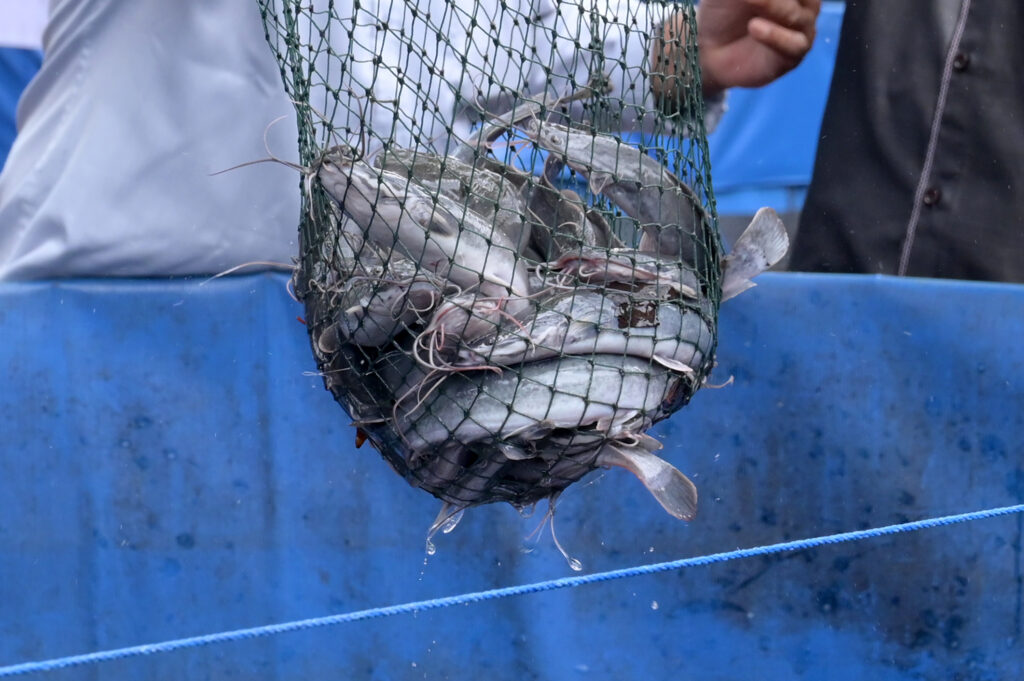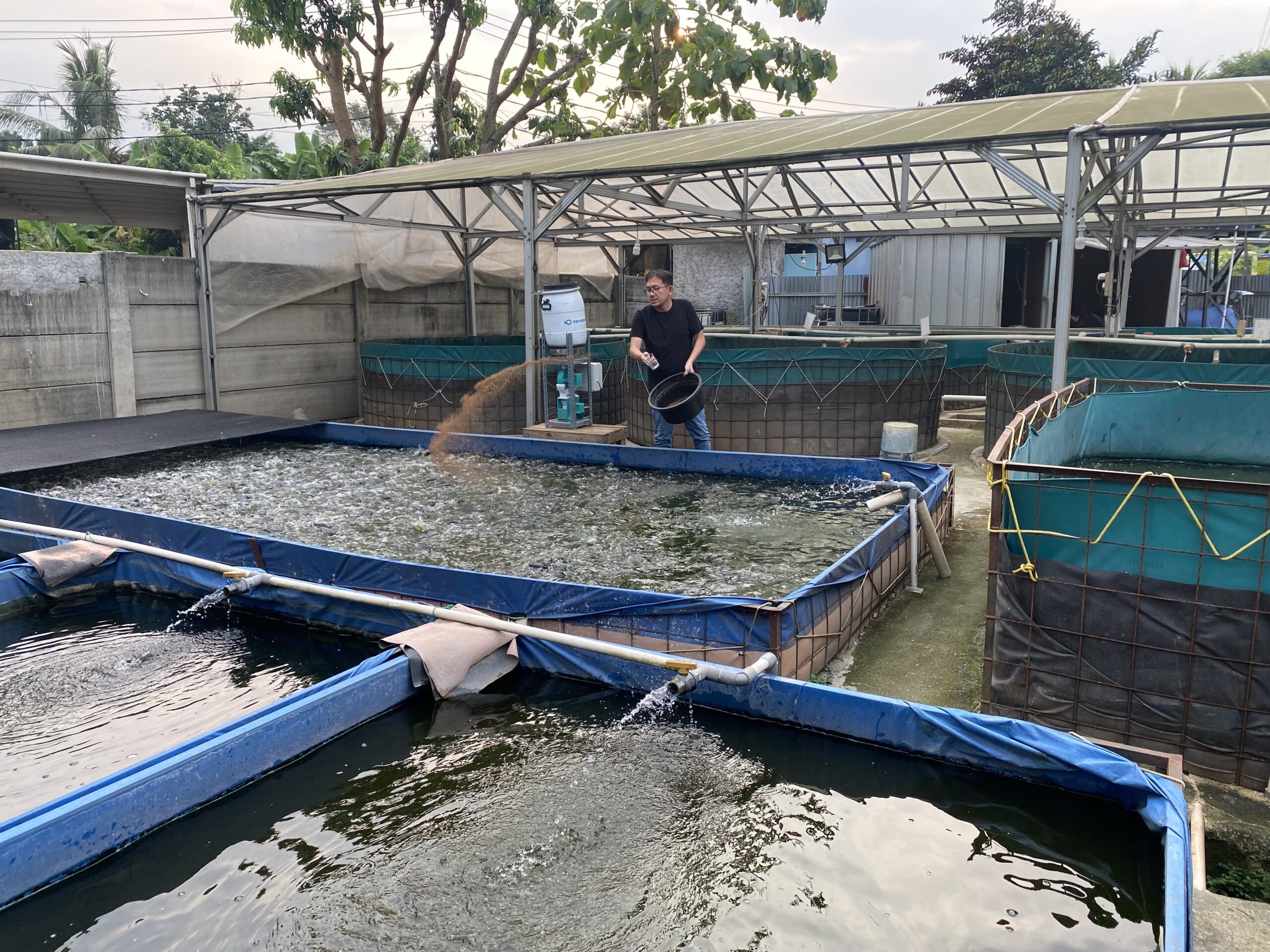Catfish farming is one of the most popular ventures in aquaculture, especially due to its relatively simple process and low initial investment. However, to succeed in this business, proper planning and good farm management are essential to ensure optimal harvest results.

Here are some essential tips to help you start catfish farming with more confidence:
1. Choose the Right Location and Pond Type
Location plays a vital role in catfish farming success. Choose an area close to a clean water source, easy to monitor, and exposed to adequate sunlight. For pond type, beginners can opt for tarpaulin ponds (cost-effective and practical), earthen ponds (for a more natural environment), or concrete ponds (for better control and durability).
2. Select High-Quality Catfish Fingerlings
Healthy and uniform fingerlings are key to a successful harvest. Always source fingerlings from trusted hatcheries and ensure they are active and evenly sized. Poor-quality fingerlings often lead to uneven growth and higher mortality rates.
3. Maintain Good Water Quality
Water quality is crucial for fish growth. Monitor pH levels (ideally between 6.5–8) and water temperature (26–30°C). Perform partial water changes regularly to avoid waste buildup and reduce the risk of disease.
4. Feed Properly and Consistently
Feed your catfish with quality pellets containing 30–35% protein. Feed them 3–4 times a day, adjusting the quantity based on fish age and size. Avoid overfeeding, as uneaten feed can pollute the water and stress the fish.
5. Monitor Fish Growth and Health Regularly
Regularly checking fish conditions helps detect issues early—like disease outbreaks or slow growth. Keeping accurate records helps guide better decision-making in each cycle.
In today’s digital age, there are many tools available to support farmers. Ternakin, for example, is a fish farm management app that helps you schedule feedings, track fish growth, and monitor water quality—all in one place. Leveraging technology like this makes catfish farming more organized and efficient.
6. Prepare for Harvest Properly
Catfish are typically ready to harvest at 2.5 to 3 months, once they reach market size. Handle harvesting carefully to reduce fish stress. For sales, connect with local collectors, traditional markets, or online platforms to expand your reach.
Conclusion
Catfish farming can be a profitable business with the right strategy and management. By applying the tips above and using smart tools like Ternakin, you can increase productivity and reduce farming risks.
Start your catfish farming journey the smart and efficient way.
Try Ternakin Now — It’s Free!

